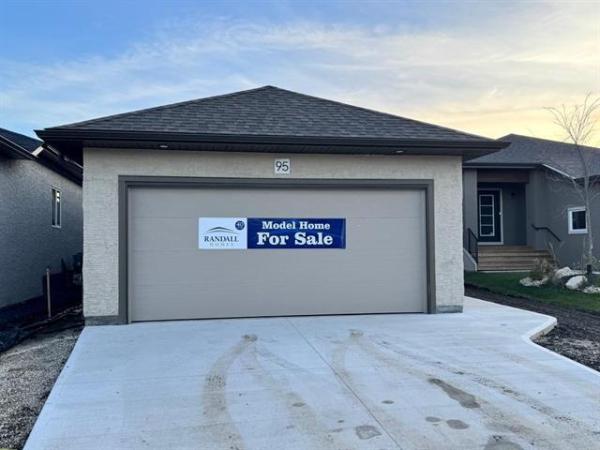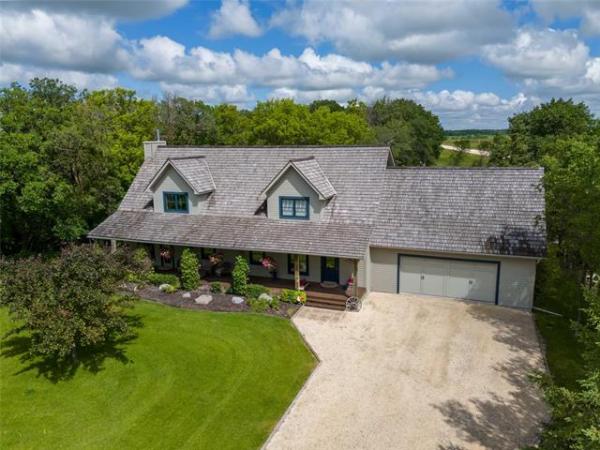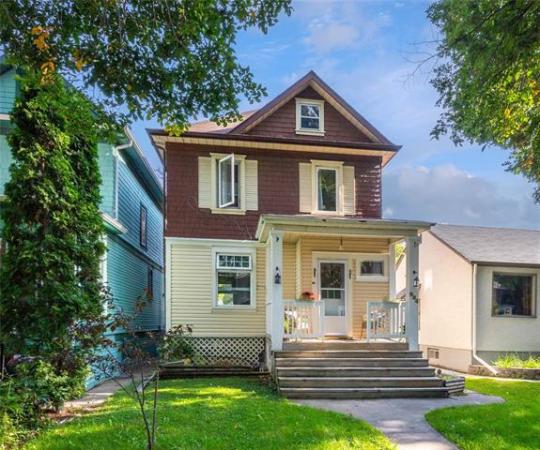Question: With so many appliances such as clothes dryer, central vac, bathroom fans, and range hood ejecting air from my house, and my high efficiency furnace having intake and exhaust vents separate from ventilated air, what is the solution to preventing unfiltered air from entering the house in an unwanted way? I have negative pressure and get air coming back into the house from my range hood in winter, and need to turn it on full power to get effective air removal from cooking. It seems that’s what HRVs are designed for, but they are expensive and maybe wouldn’t solve the problem.
I don’t have humidity problems, as my bathroom fans do their job. Forums I have looked at don’t take this question seriously, but it seems reasonable to me. Installing a baffled air-intake wherever air is ejected from the house would just let in untreated outside air into that part of house. Can my HVAC system solve this problem in an elegant way or do you have any solution for homeowners for simply providing make-up air due to negative pressure?
Joel Wilke
Answer: Diagnosing and correcting a negative pressure issue within a home can be somewhat complex, but installing a balanced HRV or fresh-air intake duct may be a fairly easy solution. If properly sized and set up, those should equalize the air pressure when appliances and exhaust fans are used.
Because of the air tightness of our newer homes, or older homes that are retro-fit with new windows, doors, insulation and air/vapour barriers, a negative pressure situation can arise. This typically happens, as you have noted, when more air is exhausted from the living area by mechanical systems than can be naturally replenished. This is normally caused by dryers, bathroom exhaust fans, gas water heaters, older furnaces, fireplaces, and kitchen range hoods. When this happens the lower air pressure in the home can cause air to be improperly drawn in through the vents normally used for exhaust. You have noticed this at your kitchen range hood, but is just as common at fireplaces, water heaters, and vent hoods on older furnaces. Those can be much more dangerous because they can allow products of combustion, soot, and other dangerous contaminants to enter the living space. One common problem with negative pressure is that the incoming rush of air can blow out the pilot light on a gas water heater or furnace. That will be the result of back-venting, with those appliances shutting down, which can be a major safety issue, especially in the dead of winter.
The previous serious issue can be mostly resolved by upgrading to a new high efficiency furnace and electric water heater. Because new furnaces vent directly outside and normally have a dedicated fresh air intake pipe, there is no way for back-venting to occur. Those upgrades will make the old chimney/vent redundant, which can be sealed, eliminating one area for air leakage. While that may solve the safety issue in the furnace room, it may only exacerbate the overall pressure issue by further tightening the building enclosure.
The simplest solution to equalize the air pressure when it drops inside the building is to install an insulated fresh-air intake duct. This is most commonly done in the furnace/laundry room if it is located in the basement. It may terminate directly into the room or may be connected to the return air ducting, which will circulate fresh air throughout the house through the HVAC system. This could also be installed with a damper, if needed, to regulate the amount of fresh air drawn inward. The negative aspect of this solution is that it will bring very cold air inside your home in the winter, reducing the overall energy efficiency and raising heating costs.
I am not sure what concern you have with bringing in unfiltered air from outside directly into your home. Unless you live in an area where there are industrial pollutants, or lots of neighbours with wood-burning appliances, there should be little concern. The fresh air from outside will replace indoor air which may contain typical contaminants like carbon dioxide, cooking biproducts, dust, bathroom odours, mould spores, etc. These are normally minimized by natural ventilation and the use of your exhaust fans, but will need clean air to replace that expelled. I am sure that you could install a charcoal filter, or similar filter system, on the fresh air intake duct if desired.
A more modern solution would be to install a Heat Recover Ventilator (HRV) for your home. While a moderate cost to install, it will save some heating dollars every year as compared to a simple fresh-air intake. An HRV should be initially balanced after installation, so that the same amount of air is drawn in as exhausted when it is running. That should all but eliminate any chance of negative pressure issues, but it may not be a perfect solution in your current home. For the HRV to be most effective there should be intake registers in every bathroom, replacing the exhaust fans, and at least one or two other areas in the home. That may require opening up walls and basement ceilings, which will certainly add to the cost of installation. But even a unit connected to the return air ducting, and a few other locations in the home, may be enough to prevent the negative air pressure issues you are experiencing.
Preventing a serious drop in your indoor air pressure when running exhaust fans can be accomplished by bringing in more fresh air to replenish that which is expelled. This should be possible by installing a good fresh air intake duct, or with a properly installed and balanced HRV system.
Ari Marantz is the owner of Trained Eye Home Inspection Ltd. and a Registered Home Inspector (RHI)(cahpi.ca). Questions can be emailed to the address below. Ari can be reached at 204-291-5358 or check out his website at trainedeye.ca.
trainedeye@iname.com



